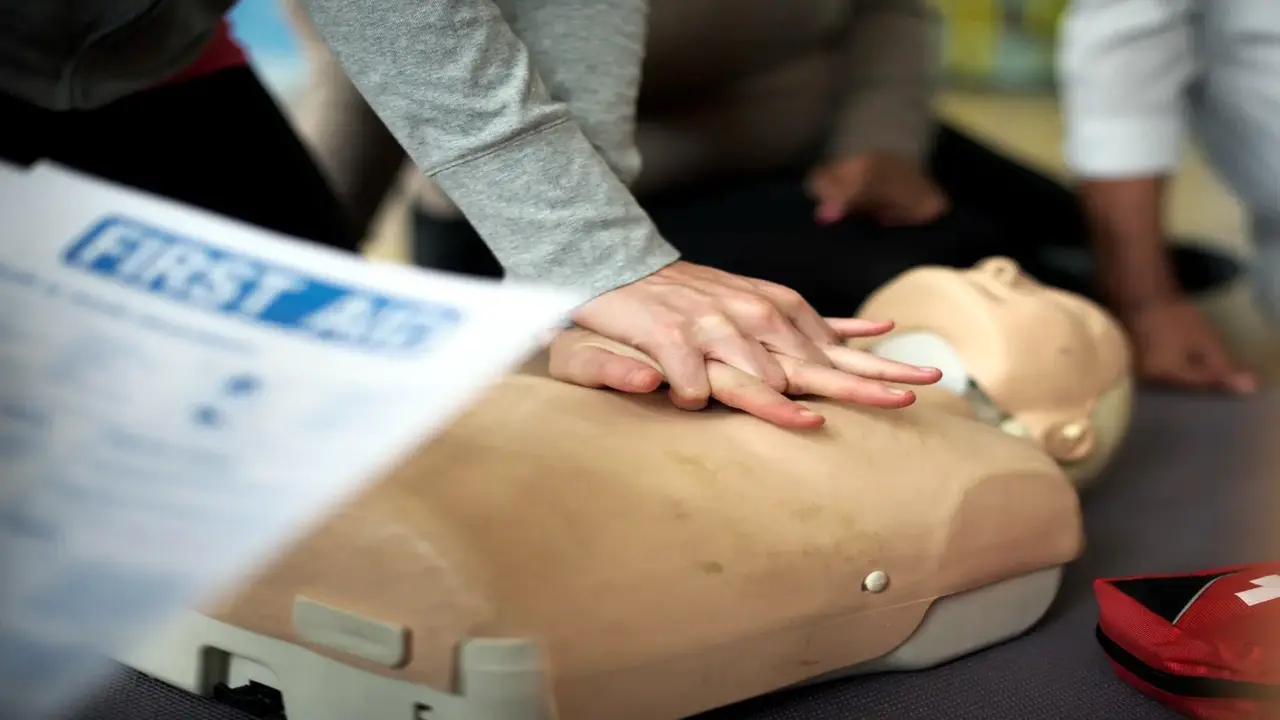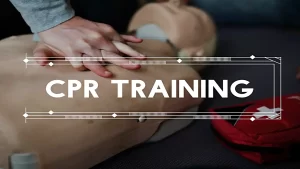Cardiopulmonary resuscitation (CPR) is a life-saving technique that can restore breathing and circulation in someone experiencing cardiac arrest. Whether you’re a healthcare professional, parent, or community member, knowing how to perform CPR can make a critical difference in an emergency. At The Heart Start CPR, an AHA-certified training center in Tempe, AZ, we empower people across Maricopa County with the skills to act confidently. Here’s a clear, step-by-step guide to performing CPR, based on American Heart Association (AHA) guidelines.
Why Learn CPR?
Every year, over 350,000 cardiac arrests occur outside hospitals in the U.S., and immediate CPR can double or triple survival rates. By learning CPR, you become a vital link in the chain of survival, helping keep oxygen flowing to the brain and organs until professional help arrives.
Before You Start: Ensure Safety and Assess the Situation
- Check for Safety: Ensure the scene is safe for you to approach. Look for hazards like traffic, fire, or electrical risks.
- Assess Responsiveness: Gently tap the person and shout, “Are you okay?” If they don’t respond, they may need CPR.
- Call for Help: Dial 911 or ask a bystander to call. If possible, request an automated external defibrillator (AED).
- Tip: If alone and no phone is nearby, perform CPR for 2 minutes before leaving to call 911.
- Check for Breathing: Look for chest rise, listen for breath sounds, or feel for air on your cheek for no more than 10 seconds. If the person isn’t breathing or only gasping, begin CPR.
How to Perform CPR on an Adult (AHA Guidelines)
Follow these steps for effective CPR. Remember the acronym CAB (Compressions, Airway, Breathing):
1. Chest Compressions
- Position: Place the person flat on their back on a firm surface. Kneel beside them.
- Hand Placement: Put the heel of one hand in the center of their chest (on the lower half of the sternum, between the nipples). Place your other hand on top, interlocking fingers.
- Compress: Push hard and fast, at least 2–2.4 inches deep (about 5–6 cm), allowing the chest to fully recoil between compressions.
- Rate: Maintain a rhythm of 100–120 compressions per minute (think of the beat to “Stayin’ Alive” by the Bee Gees).
- Minimize Interruptions: Keep pauses brief to ensure continuous blood flow.
2. Open the Airway
- Head Tilt-Chin Lift: Gently tilt the head back and lift the chin to open the airway. Avoid excessive force, especially if neck injury is suspected.
3. Give Rescue Breaths (If Trained)
- Pinch the Nose: Pinch the person’s nose shut and seal your mouth over theirs.
- Breathe: Give 2 breaths, each lasting about 1 second, watching for the chest to rise. If the chest doesn’t rise, reposition the head and try again.
- Cycle: Alternate 30 compressions with 2 breaths. If untrained or uncomfortable with breaths, perform compression-only CPR.
4. Use an AED (If Available)
- Turn On AED: Follow the device’s voice prompts.
- Apply Pads: Place adhesive pads on the person’s bare chest as shown on the AED.
- Analyze Rhythm: Ensure no one touches the person while the AED analyzes the heart rhythm.
- Deliver Shock: If advised, press the shock button. Resume CPR immediately after the shock or if no shock is needed.
5. Continue Until Help Arrives
- Keep performing CPR until:
- The person shows signs of life (e.g., breathing normally).
- Emergency responders take over.
- You’re too exhausted to continue, or an AED instructs otherwise.
CPR for Children (Ages 1–Puberty)
- Compressions: Use one or two hands, depending on the child’s size, pressing about 2 inches deep (1/3 of chest depth). Aim for 100–120 compressions per minute.
- Breaths: Give gentler breaths, just enough to make the chest rise.
- AED: Use pediatric pads if available; otherwise, adult pads are acceptable.
CPR for Infants (Under 1 Year)
- Compressions: Use two fingers in the center of the chest, just below the nipple line, pressing about 1.5 inches deep (1/3 of chest depth). Maintain 100–120 compressions per minute.
- Breaths: Cover the infant’s mouth and nose with your mouth, giving small puffs.
- AED: Use pediatric pads and settings if available.
Key Tips for Effective CPR
- Push Hard and Fast: Proper depth and rate are critical for circulation.
- Allow Full Chest Recoil: This helps the heart refill with blood.
- Practice Regularly: Skills fade over time. Renew your certification every 2 years.
- Stay Calm: Focus on the steps and let training guide you.
Why Train with The Heart Start CPR?
While this guide provides an overview, hands-on practice is essential for confidence and competence. At The Heart Start CPR in Tempe, AZ, our AHA-certified courses, led by expert instructor Patrick Su, offer:
- All-Inclusive Training: Complete your certification in one session, with no hidden fees.
- Affordable Pricing: BLS at $98.95, Heartsaver at $108.95—cheaper than competitors.
- Engaging Instruction: Patrick’s knowledge, humor, and patience create a supportive environment, as praised in over 100 five-star reviews.
- Convenient Location: Easily accessible in Tempe, serving Maricopa County.
Whether you’re a nurse, teacher, or parent, our small-group classes ensure personalized feedback. Book today at theheartstart.com and join the thousands we’ve empowered to save lives.
Final Thoughts
Learning CPR equips you to act decisively in a crisis, potentially saving a loved one or stranger. By following these steps and getting certified, you’re joining a community of life-savers. Ready to make a difference? Sign up for a CPR class with The Heart Start CPR and start your journey to confidence and preparedness.
Keep saving lives, Tempe! 🙌 #PHXHeartHeroes
Disclaimer: This guide is for informational purposes only and does not replace certified training. Always follow AHA guidelines and seek professional instruction.


